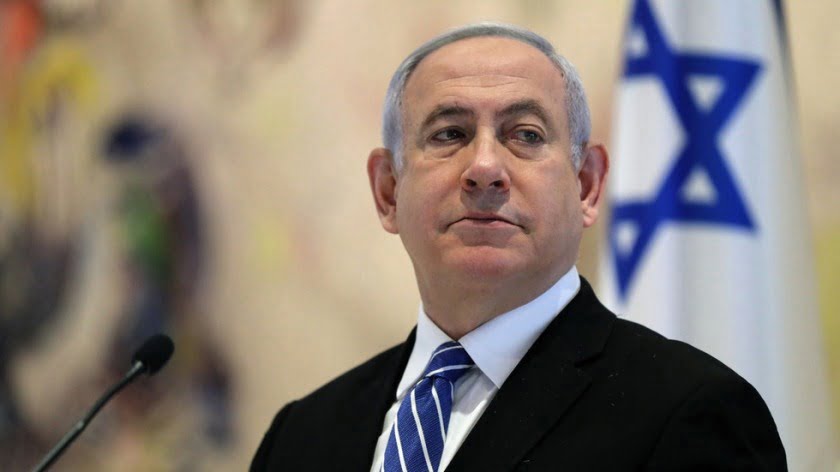Here’s How the Russian-Saudi Rapprochement Might Affect Yemen
The agreements to sell S-400 missiles and manufacture Kalashnikovs in the Kingdom represent some of Russia’s best practice of “military diplomacy” yet, creating a solid basis for building long-term and strategic relations with Saudi Arabia in the context of their fast-moving and comprehensive rapprochement. However, these moves haven’t been without controversy, of course, since one of the first reactions was from the US when it announced that it would be selling Saudi Arabia $15 billion worth of THAAD anti-missile systems as part of its over $100 billion arms deal that was sealed earlier this year during Trump’s visit to Riyadh. This proclamation was clearly timed to coincide with Russia’s, overshadow it, and create doubts about the Russian-Saudi rapprochement, but it instead demonstrated that the Kingdom is clearly an object of competition between Moscow and Washington in the New Cold War, something which would have been nearly impossible to countenance even a year ago.
On the social media front, the military agreements drew criticism from those who expressed concern about how it could impact on the course of the Saudis’ disastrous War on Yemen, fearing that the Kalashnikov deal in particular could make the violence worse. These specific worries are unfounded, however, because the S-400s are only for defensive purposes, while the automatic rifle factory will take at least a few years to build. However, the auxiliary deals for “Kornet-M anti-tank missiles, TOS-1A “Buratino” heavy flame systems, (and) automatic AGS-30 grenade launchers” could potentially be more immediate, thereby altering the battlefield dynamics. It’s in this vein that it’s relevant to reiterate Russia’s official position to the War on Yemen, because Russian Ambassador to Yemen Vladimir Dedushkin reminded the world just as recently as last March that Moscow considers Hadi to be “the country’s legitimate president”, but it’s just that Russia cautions Saudi Arabia to be more considerate of civilian casualties in its campaign to reinstate the ousted leader.
While one might be worried that the Saudis could go wild with any new Russian weaponry, there’s also the possibility that Riyadh might follow Moscow’s lead in charting a “compromise solution” in Yemen modelled off of Syria’s Astana Peace Process in order to shape the conditions for a “face-saving” withdraw. If this happens, then following the pattern, it could begin by separating “moderate rebels” from terrorists, or in this sense, legitimizing the Houthis by clearing recognizing that they aren’t Al Qaeda or Daesh. Great Power-brokered talks might eventually follow, after which ceasefires and “de-escalation zone” agreements could be put into place prior to drafting a new constitution and holding internationally supervised elections. Adapted to the Yemeni case, however, this might even see an institutionalization of the country’s internal partition through “federalization”, but in any event, such peacemaking developments could take at least a year or two to play out judging by how long it’ll probably take Syria.
No matter how everything unfolds, the fact of the matter is that the Russian-Saudi rapprochement is proceeding at a fast pace, and that the military-political dimensions of this relationship are bound to have important implications for the War on Yemen.

By Andrew Korybko
Source: Oriental Review







